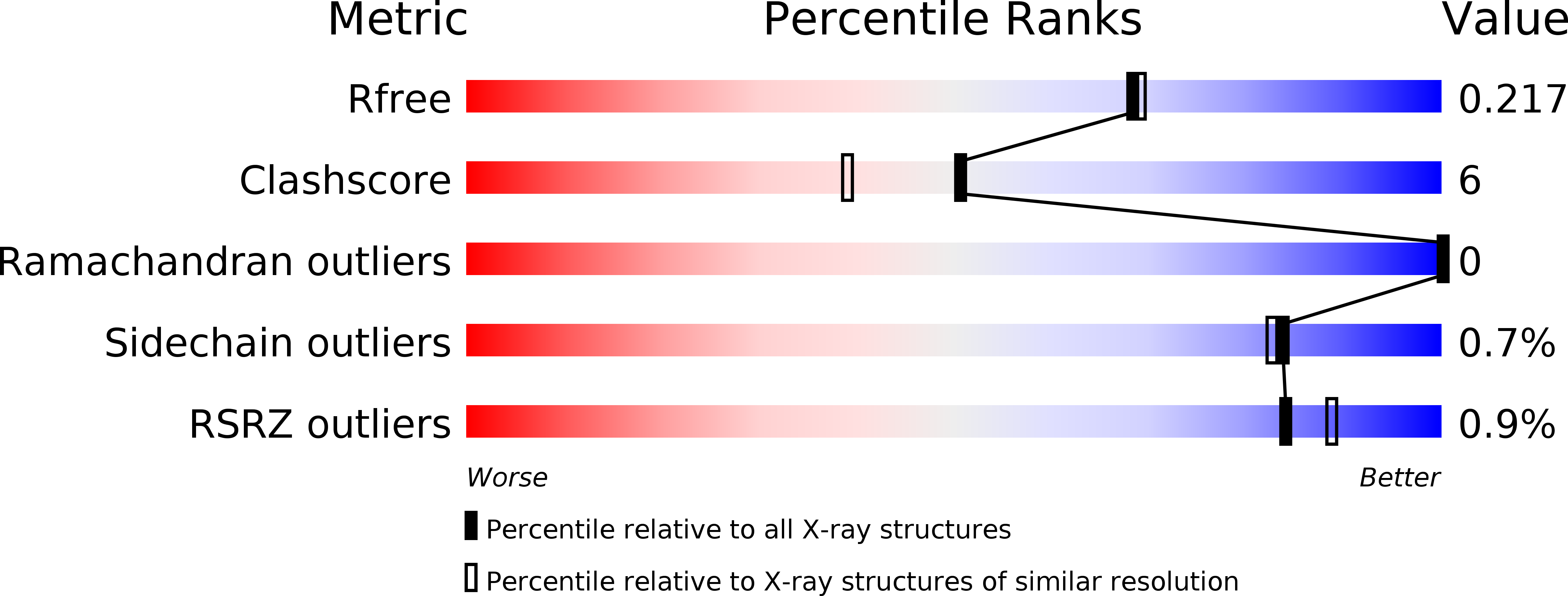
Deposition Date
2018-12-27
Release Date
2019-10-02
Last Version Date
2024-03-13
Entry Detail
PDB ID:
6NIE
Keywords:
Title:
BesD with Fe(II), chloride, and alpha-ketoglutarate
Biological Source:
Source Organism:
Host Organism:
Method Details:
Experimental Method:
Resolution:
1.95 Å
R-Value Free:
0.21
R-Value Work:
0.17
R-Value Observed:
0.17
Space Group:
P 1


